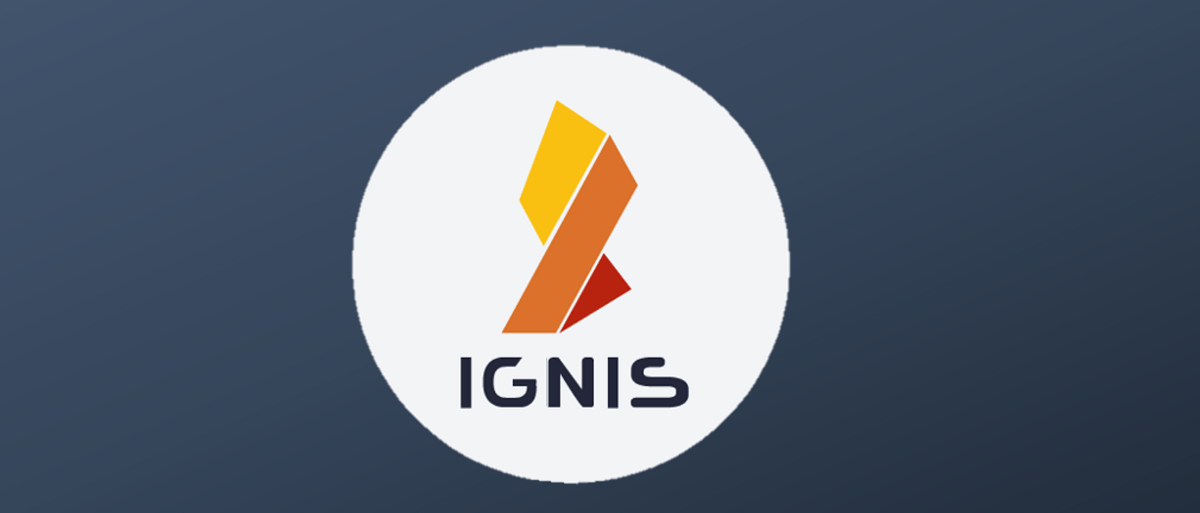There are quite a few interesting blockchain projects out there which are hardly ever talked about. We frequently see existing blockchain projects introduce “child chains” as a way to promote the benefits of their technology. Ignis is one of those child chain projects which is linked to the Ardor blockchain. As a result of being a child chain, it inherits all functionalities of both Ardor and NXT, while adding some unique tools to the mix.
What is Ignis Exactly?
Some people may recall that Ardor wants to become a next-generation blockchain focusing on child chains. The Ardor parent chain processes transactions and offers security and scalability to “offspring” such as Ignis. It is important to note the child chain has its own native currency, which was distributed through last year’s Ignis ICO. The main reason this project was created was to bring functionality to the Ardor ecosystem, as the parent chain will only offer very basic functionality. It has all of the NXT features built in except for the “forging” of currencies.
So What Makes Ignis Unique?
On paper, finding the main use case for Ignis is not all that easy. The project encompasses a lot of different features and tools, ranging from an asset exchange and a marketplace to coin shuffling and composite phasing. Since none of these functions are available to Ardor natively, it seems the Ignis child chain will provide a lot of extra features while retaining the security and underlying technology found in NXT. It is all a bit complicated to understand, as this is a very technical project first and foremost.
The coin shuffling aspect of Ignis is well worth taking into account. While it does not provide complete anonymity, it is a privacy feature which lets users mix their funds quickly and efficiently through random mapping. It is built on similar NXT technology available today. This shuffling is closely linked to the Ignis monetary system, which lets users create and trade user-defined tokens on its child chain. All of these “currencies” can be traded freely using the decentralized exchange feature or through external exchanges. It is a feature well worth looking into for any company which will need its own native currency in the future.
The phasing aspect of Ignis allows transfers to benefit from deferred execution regardless of any conditions associated with the transfer. For example, running a crowdfunded VC firm on Ignis is certainly possible. Company shares can be sold on Ignis to raise money. The phasing element can also influence how payments are made between the crowdfunding VC firm and the ventures in which it invests. Payments could only succeed if a majority of asset holders approve them, for example. Such specific conditions allow for many different business models in which most consensus-oriented processes can be decentralized completely.
Is there an Ignis Roadmap?
There is a roadmap for the Ardor project, which will undoubtedly have an impact on Ignis as well. For now, the plan is to introduce more child chains and exchanges to allow for freely trading these new currencies and assets. Pruning features for Ardor and its child chains will be introduced in Q2 of 2018 on the testnet, and will go live on the mainnet a few months later. Other than that, very little is known about the future of Ignis specifically, but it is logical to assume the developers will release more information as it becomes available.

